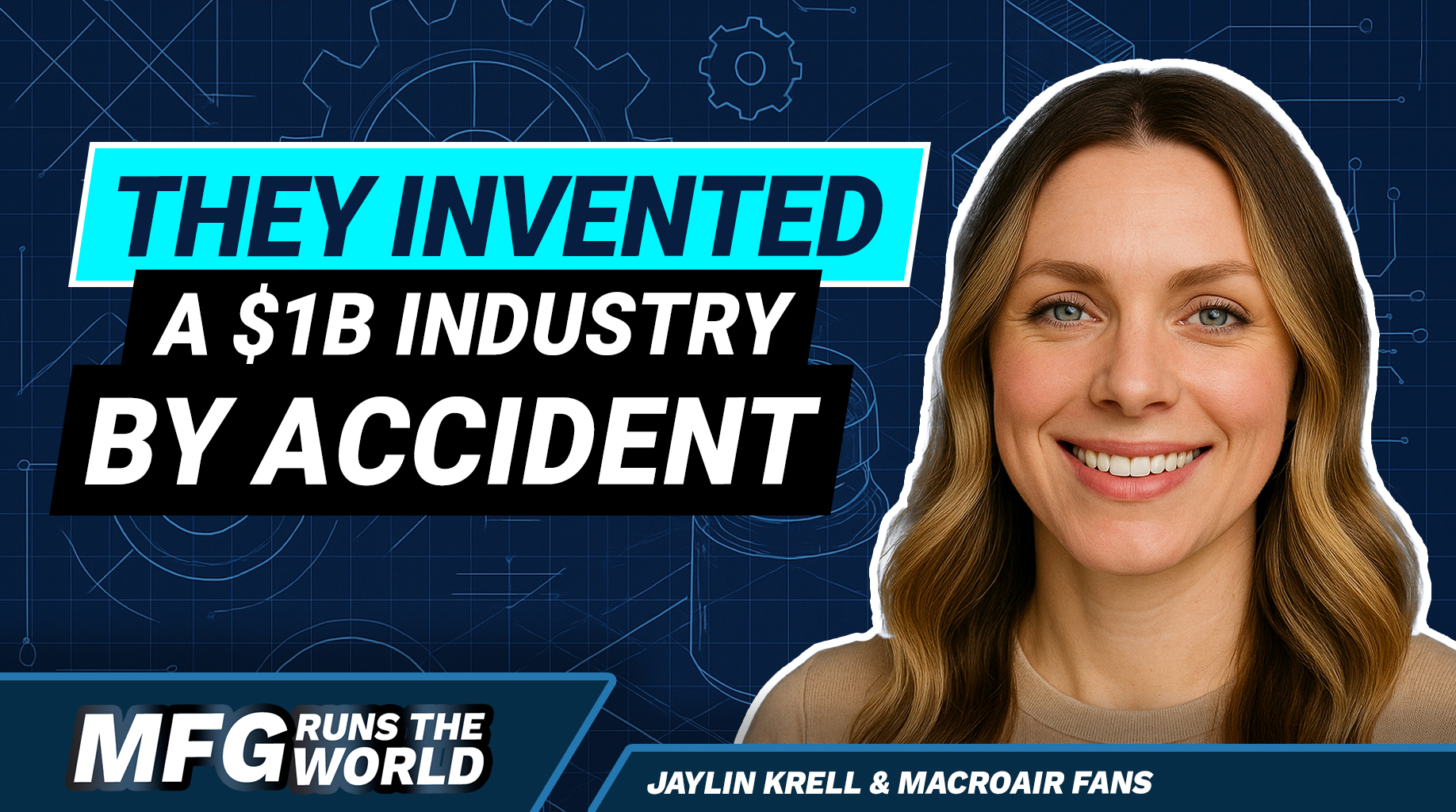In the world of manufacturing, technological adaptation is often synonymous with upgrading machinery, embracing automation, and integrating AI-driven processes. We’ve seen firsthand how difficult it can be for manufacturers to balance the need for innovation with the reality of high capital costs. But here’s something that doesn’t get talked about as much: the same struggle exists when it comes to adopting new digital sales and marketing technologies.
Whether it’s upgrading machinery or modernizing your marketing efforts, the pain points are surprisingly similar. Let’s break it down.
The Pain Point: Balancing Cost and Progress
In manufacturing, upgrading to the latest machinery and automation systems requires a significant upfront investment. The same is true for digital sales and marketing. Tools like Customer Relationship Management (CRM) platforms, marketing automation software, data analytics, and AI-driven marketing tools can feel like a big financial leap.
Manufacturing Perspective:
- “We want to upgrade our machines, but the cost is intimidating.”
Digital Marketing Perspective:
- “We want to invest in modern marketing tools, but is it worth the cost?”
In both cases, the fear of a poor return on investment holds companies back. But staying with outdated methods—whether it’s manual processes on the shop floor or legacy marketing tactics—often costs more in the long run.
The Impact of Falling Behind
Manufacturers who delay upgrading their machinery risk falling behind competitors who can produce faster, cheaper, and with more precision. Similarly, manufacturers who resist adapting to modern digital marketing tools risk losing visibility and sales to competitors who are embracing these new strategies.
Manufacturing Impact:
- Inefficiency: Outdated machines slow down production and increase waste.
- Missed Opportunities: Competitors with advanced automation can take on more complex, high-volume projects.
Digital Marketing Impact:
- Inefficiency: Without marketing automation, sales teams spend hours on repetitive tasks, and leads fall through the cracks.
- Missed Opportunities: Competitors using targeted digital campaigns and AI-driven insights can reach new markets faster and more effectively.
The Cause: Rapid Advancements
In manufacturing, the speed of technological advancements in automation, AI, and smart factories is dizzying. In the digital marketing world, the story is the same. Every day brings new platforms, data tools, and AI-powered strategies.
Manufacturing Perspective:
- “We just upgraded, and now there’s already a new system on the market. How do we keep up?”
Digital Marketing Perspective:
- “We just set up our CRM, and now everyone’s talking about AI-driven personalization. Are we already behind?”
The pace of change can feel overwhelming. But the reality is that both manufacturing and marketing need to be viewed as ongoing evolutions, not one-time upgrades.
Strategies for Smart Adaptation
So, how do manufacturing companies balance technological adaptation—both on the shop floor and in their marketing efforts? The strategies are remarkably similar:
1. Incremental Upgrades
In Manufacturing:
- Upgrade machinery and processes step-by-step. Start with the areas that are causing the biggest bottlenecks.
In Digital Marketing:
- Adopt new marketing tools one at a time. Maybe you start with a CRM system to organize your leads, then layer on marketing automation later.
2. Invest in Scalable Solutions
In Manufacturing:
- Choose machinery and software that can be upgraded or expanded over time.
In Digital Marketing:
- Select digital tools that integrate well with your existing systems and can scale with your business growth.
3. Training and Upskilling
In Manufacturing:
- Provide training to ensure your workforce can confidently operate new machinery.
In Digital Marketing:
- Train your sales and marketing teams to make the most of new digital tools. A tool is only as good as the team using it.
4. Measure ROI
In Manufacturing:
- Track efficiency gains, reduced waste, and increased production capacity.
In Digital Marketing:
- Measure lead conversion rates, customer acquisition costs, and campaign effectiveness to justify investments.
Digital Marketing: The Competitive Edge You Can’t Ignore
Just like advanced machinery gives manufacturers a competitive edge in production, modern digital marketing gives companies a competitive edge in sales and customer acquisition. In today’s world, having a high-quality product isn’t enough if nobody knows about it.
We’ve seen manufacturing clients transform their businesses by adopting digital marketing strategies like:
- Automated Lead Nurturing: Stay connected with potential clients without overwhelming your sales team.
- Data-Driven Targeting: Reach the right audience with personalized campaigns.
- SEO and Content Marketing: Drive organic traffic and establish authority in your industry.
- Social Media Advertising: Showcase your capabilities and innovations where your clients are spending their time.
Embrace Adaptation, Inside and Out
In manufacturing, adapting to new technology on the shop floor is essential. But adapting to new technology in your marketing is just as crucial. It’s not just about keeping up—it’s about staying ahead.
We’re here to help manufacturing companies navigate both sides of technological adaptation. Whether you’re upgrading your factory floor or modernizing your digital presence, we’ve got the strategies and tools to make sure you’re leading the pack, not chasing it.
If you’re ready to embrace the future, let’s take that step together.




